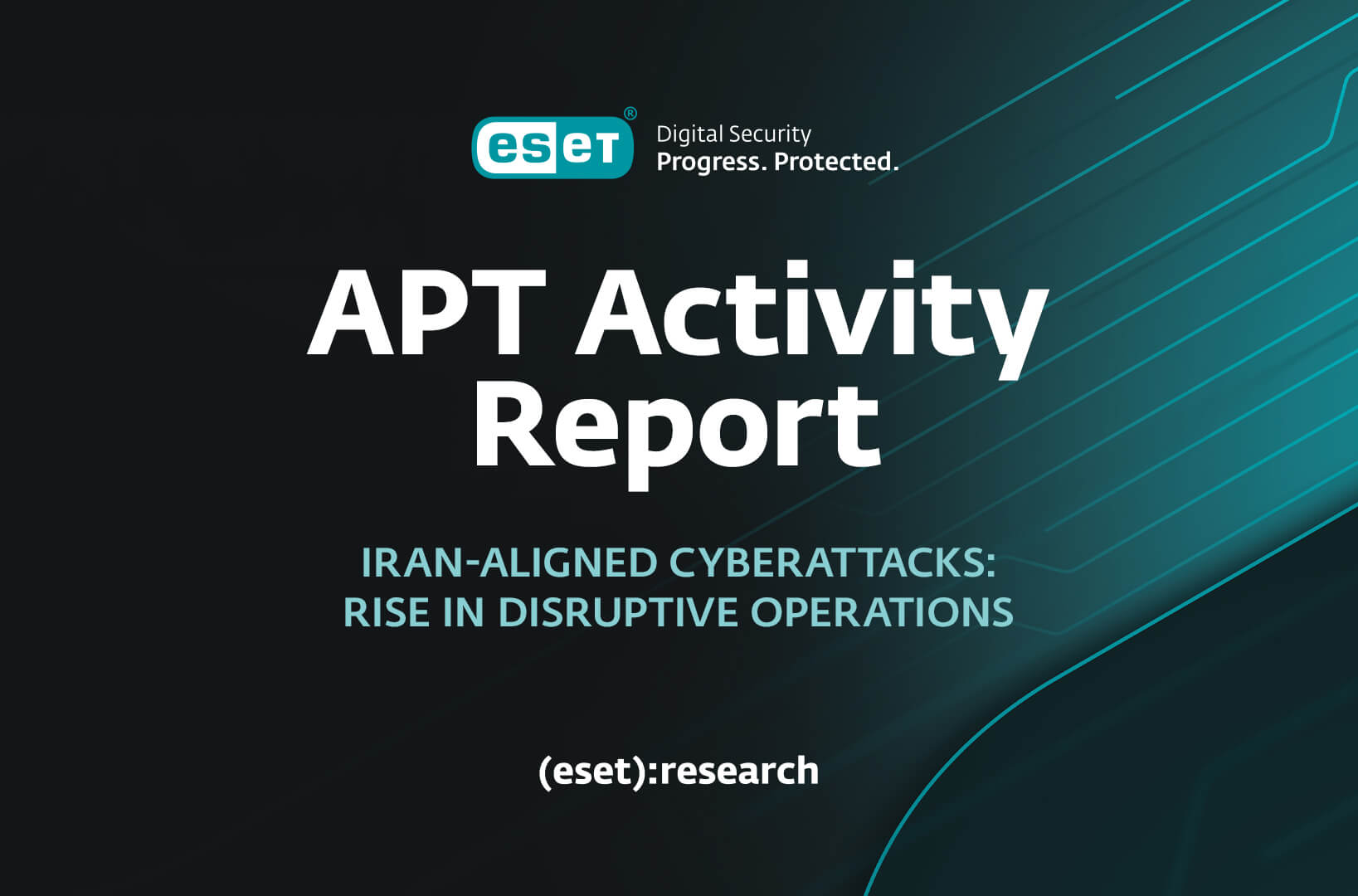4 paths to sustainable AI
The speed of the internet connection to the remote site can, of course, mitigate latency issues.

The speed of the internet connection to the remote site can, of course, mitigate latency issues. Verne Global Iceland, one of Deepl’s Icelandic providers, claims to be the interconnect site for all submarine cable systems to and from Iceland, with redundant, high-capacity fiber connectivity to Europe and the US.
Another consideration, says Stent, is whether a “renewable” data center is running the latest and most efficient GPUs, or tensor processing units (TPUs). If not, it might end up using more power than in a conventionally powered, but more modern, data center. That isn’t an issue for Deepl, though, because it houses its own “super state-of-the-art” servers in its co-location facilities, says Simon.
Don’t use AI at all
While AI generates buzz among employees and customers, it might be overkill if other approaches are easier to implement, and have less impact on the environment. “Always ask if AI/ML is right for your workload,” recommends AWS in its sustainability guidelines. “There’s no need to use computationally intensive AI when a simpler, more sustainable approach might succeed just as well. For example, using ML to route IoT messages may be unwarranted; you can express the logic with a rules engine.”
Along with environmental considerations, Plex isn’t able to throw millions of dollars of compute into training the largest models. “It’s all about being scrappy and making sure you think through everything and not just throw dollars at the problem,” says Weston.
Online gaming company Mino Games uses DataGPT, which integrates analytics, a caching database, as well as extract, translate and load (ETL) processes to speed queries, such as which new features to offer players. Data analytics lead Diego Cáceres urges caution about when to use AI. “Phrase the business problem carefully and determine whether simple math is good enough,” he says.
Ongoing challenges
Besides the cost of implementing sustainable AI within a distributed cloud-based workload, finding out which workload is consuming power is a problem, says Yugal Joshi, a partner at consulting firm Everest Group. As a result, he says, most companies focus first on business results from AI, and only then on sustainability.
Another challenge, says Salesforce’s Gamazaychikov, is getting information from developers about the carbon footprint of their foundational AI models. With added regulation from sources such as the European Union and the U.S. Securities and Exchange Commission, “if companies don’t disclose the numbers already, they’ll have to start doing so soon,” he says.
Yet another is the lure of dramatic AI-powered breakthroughs, whatever the cost to the environment.
“Some companies say `I want to be sustainable,’ but they also want to be known for the excellence of their AI, and their employees want to do something transformational,” says Colby College’s Stent. “Until financial pressures force their AI efforts to become more efficient,” she says, “something else will drive them away from sustainability.”







